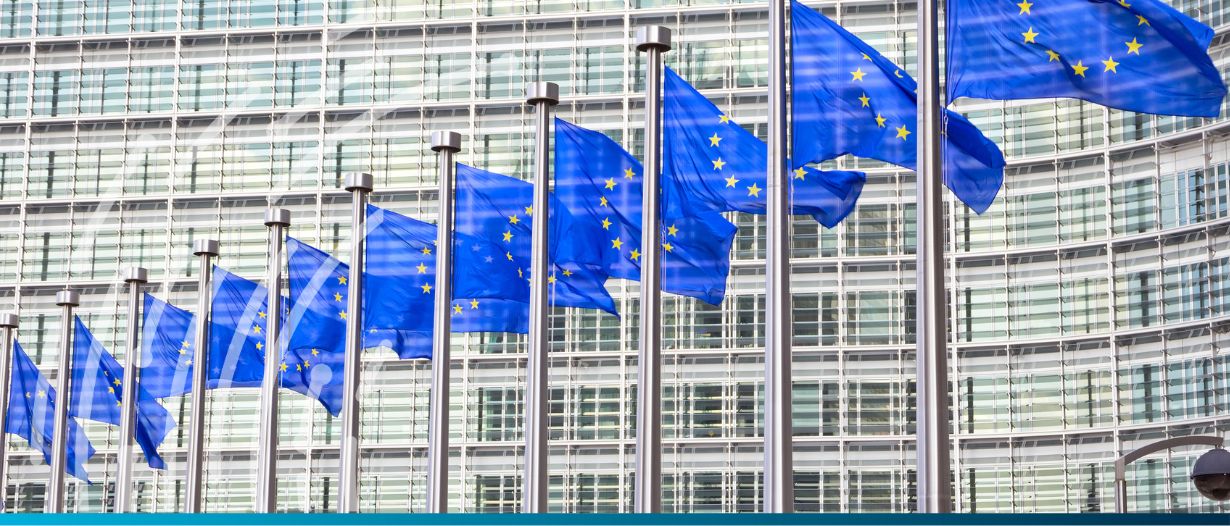Estimated reading time: 2 minutes
The eurozone witnessed a return to growth during the second quarter of 2023, recording an expansion that surpassed expectations, having just about dodged a technical recession at the year’s commencement, according to initial data released on Monday.
Gross domestic product in the eurozone saw a 0.3% upswing in the second quarter, surpassing the forecasted 0.2% in a Reuters survey of economists. When compared to the same period in the preceding year, growth tallied at 0.6%, in contrast to anticipated growth of 0.5%.
In comparison, the 20-nation eurozone reported zero growth in the prior quarter and a 0.1% quarter-on-quarter decrease during the final quarter of 2022.
Among the largest nations within the bloc, France and Spain demonstrated sustained growth rates, bolstered by robust exports and a flourishing tourism sector. Conversely, Germany, the euro zone’s largest economy, posted no growth, and Italy experienced a contraction.
Inflationary pressures, due to escalated energy costs in the wake of Russia’s Ukraine invasion and soaring food prices, in addition to elevated interest rates and dwindling confidence, have left their mark on the single currency’s economy.
Yet, the economy has shown signs of robustness as well, much akin to the COVID-19 pandemic period, during which growth exceeded expectations as businesses adapted to the altered circumstances more swiftly than policymakers had anticipated.
Nevertheless, even with the bloc performing above expectations, growth in 2023 is likely to be subdued due to a substantial decrease in real incomes coupled with surging interest rates.
The European Central Bank has suggested the possibility of halting its interest rate increases in September, as inflationary pressures begin to show early signs of easing and concerns of a recession intensify.
 Australia
Australia Hong Kong
Hong Kong Japan
Japan Singapore
Singapore United Arab Emirates
United Arab Emirates United States
United States France
France Germany
Germany Ireland
Ireland Netherlands
Netherlands United Kingdom
United Kingdom













Comments are closed.